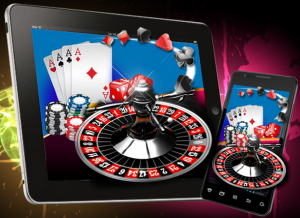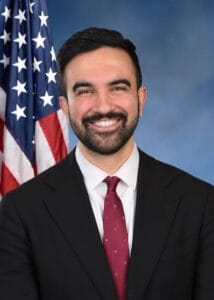South Korea stages first military parade in a decade

South Korea staged its first military parade in a decade on Tuesday, showcasing its advanced arsenal in the face of plummeting ties with nuclear-armed North Korea.
Pyongyang regularly puts on huge military parades but such events in Seoul are traditionally arranged every five years to mark South Korea’s Armed Forces Day.
The last parade was in 2013. Five years later, then-president Moon Jae-in chose to hold a celebratory ceremony instead of a military event, in line with his conciliatory approach to North Korea.
Around 4,000 troops marched through central Seoul on a rain-soaked afternoon, cheered by umbrella-bearing crowds who waved South Korean flags.
They were accompanied by 170 pieces of military equipment, including air and sea drones, tanks and missiles.
The number of troops and pieces of equipment taking part were revised down by officials from those originally planned.
A flight display by South Korean warplanes, including US-made F-35 stealth fighters, was also cancelled because of the poor weather.
South Korean President Yoon Suk Yeol watched the parade from a platform, applauding troops as they marched past.
“To demonstrate the strong foundation” of Seoul’s alliance with Washington, around 300 US military personnel also participated in the parade.
Yoon, who was elected last year, has pulled South Korea closer to the United States and the longstanding allies have ramped up defense cooperation, including large-scale drills, to counter growing threats from North Korea.
During an Armed Forces Day ceremony earlier at an air base south of Seoul, Yoon hailed the expansion of US-South Korea defense ties.
“If North Korea uses nuclear weapons, its regime will be brought to an end by an overwhelming response from the ROK-US alliance,” he said at the base, repeating a warning the partners have issued in the past.
- ‘Visually provocative gesture’ –
North Korea has conducted a series of weapons tests this year despite international sanctions, including the launch of intercontinental ballistic missiles (ICBMs).
Pyongyang has held three military parades this year alone, showing off a wide range of equipment including its largest Hwasong-17 ICBMs.
The parade in Seoul “is a not-so-subtle and visually provocative gesture on the part of the South Korean government of telling (North Korean leader) Kim Jong Un that Seoul will not be backing down or looking for ways to reconcile”, LMI Consulting’s Soo Kim, a former CIA analyst, told AFP.
South Korea is a major weapons exporter but a longstanding domestic policy prohibits it from selling arms to countries in active conflict — such as Ukraine.
South Korea has thus resisted calls to supply weapons directly to Kyiv, despite condemning the Russian invasion.
However, any deal in which North Korea sells arms to Russia for use in the conflict could force South Korea to review its position on Ukraine, experts say.
South Korea secured defense export deals worth $17.3 billion last year, including a $12.7 billion agreement with Poland — a NATO member and key Ukraine ally — for K9 Howitzers, K2 battle tanks and more.
cdl-kjk-sh/pbt
©️ Agence France-Presse













